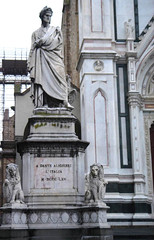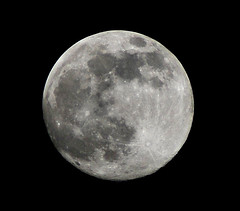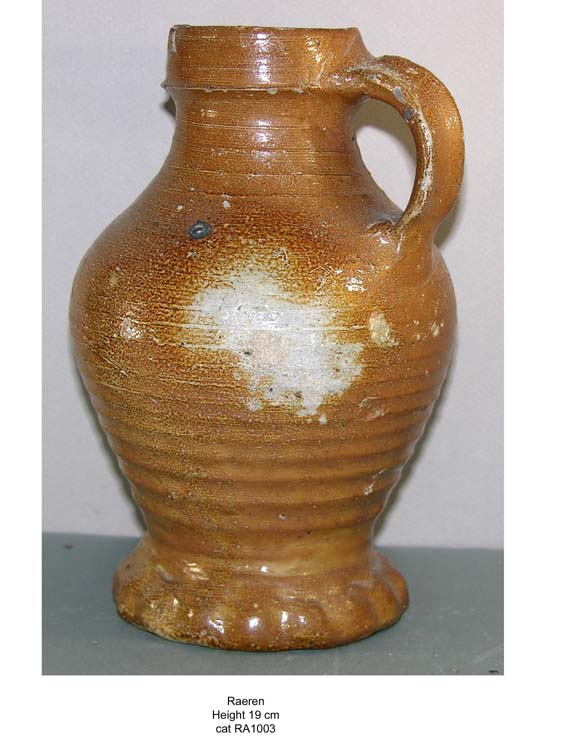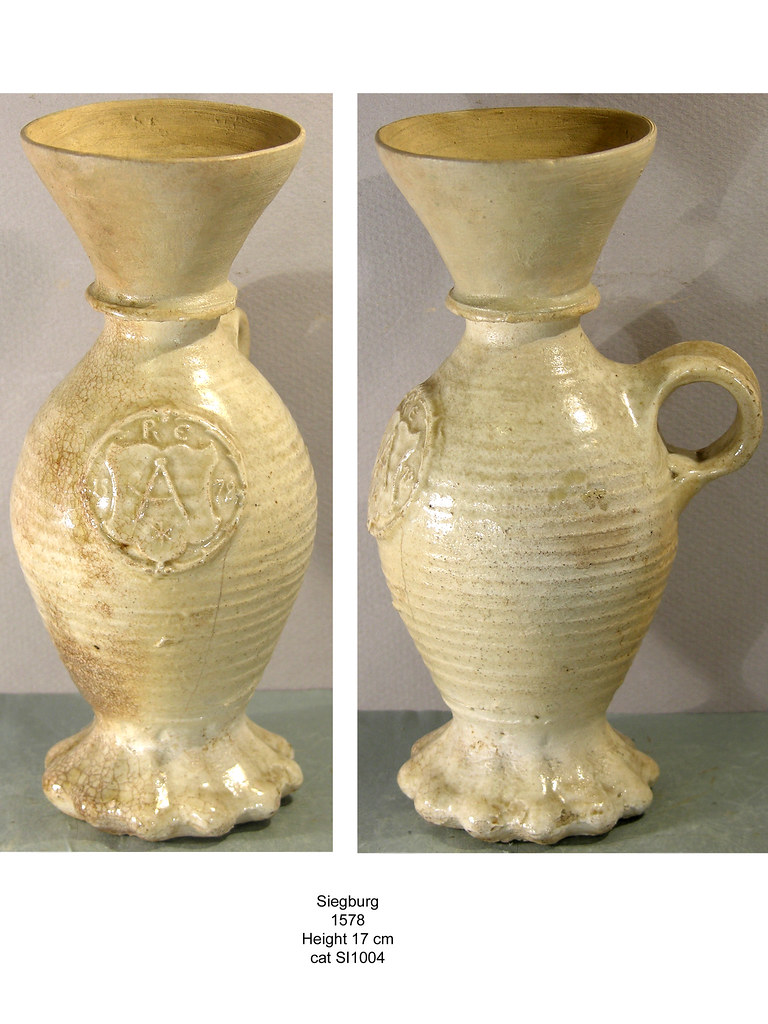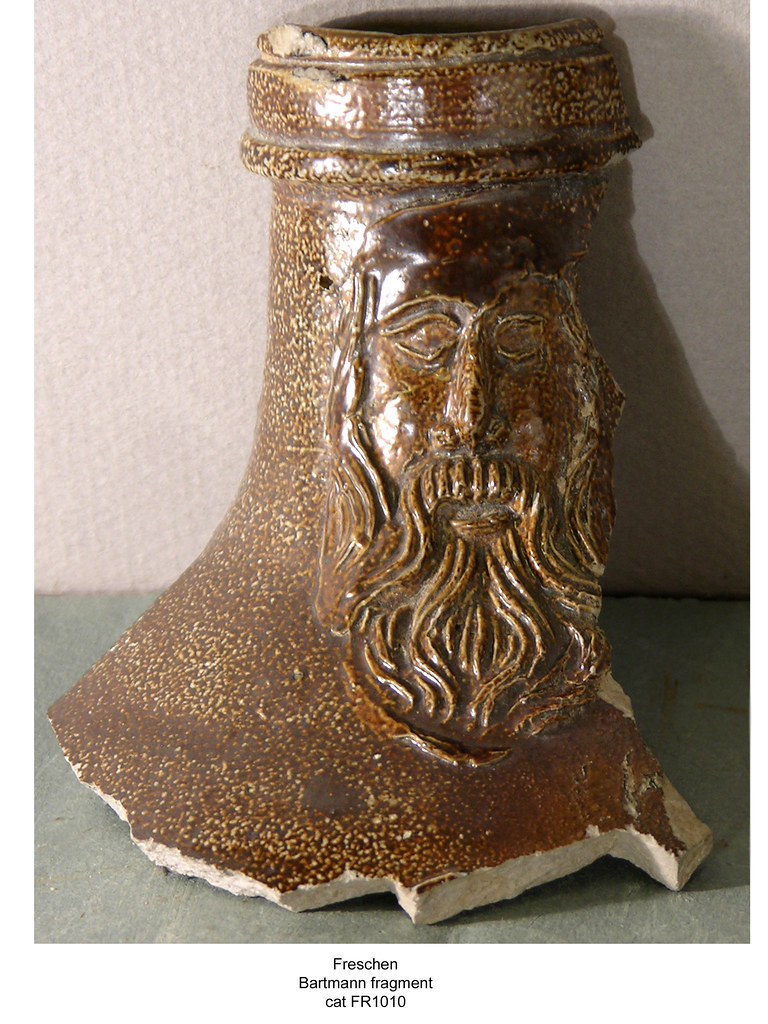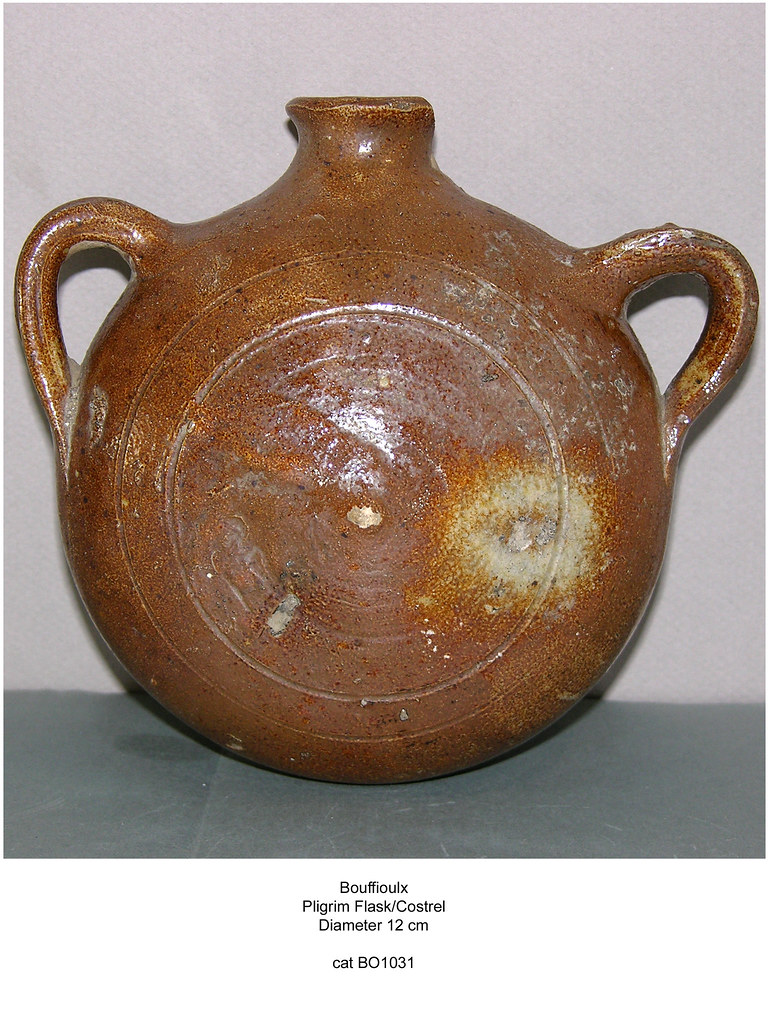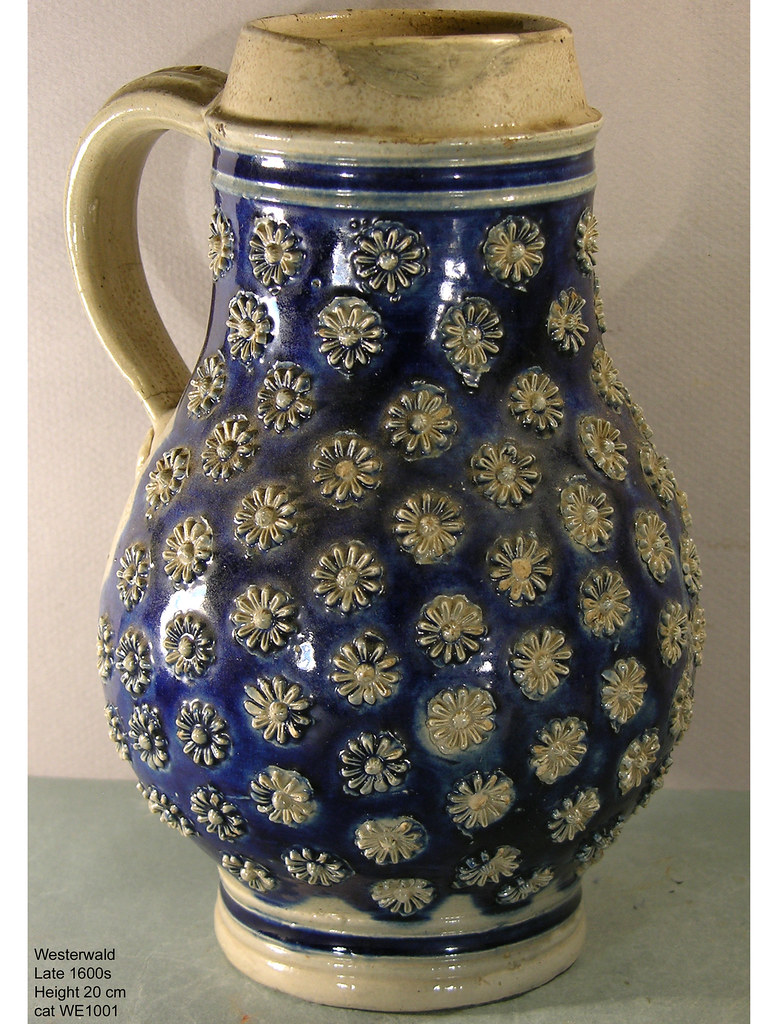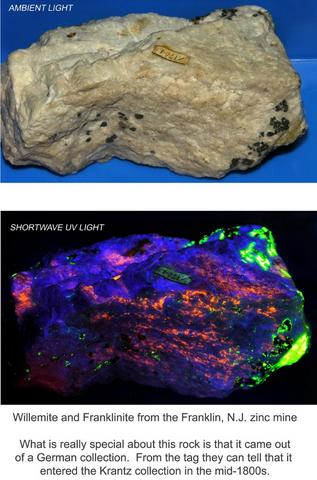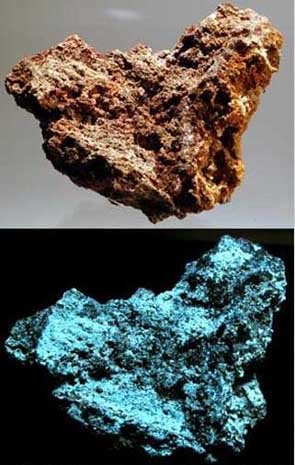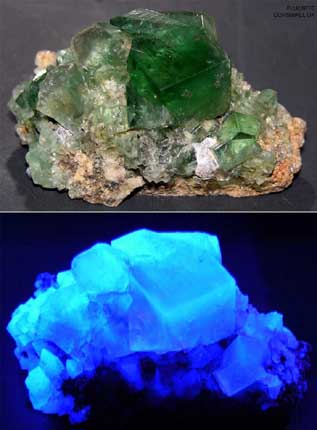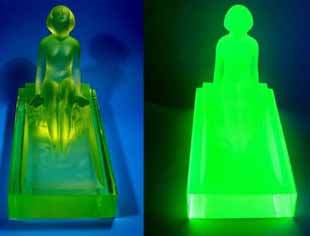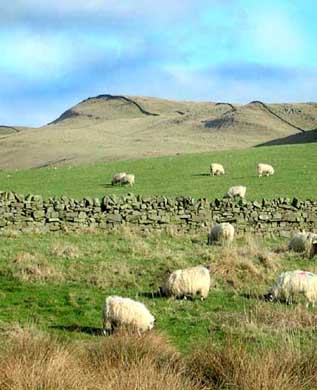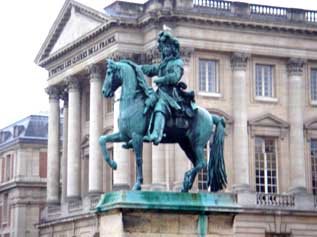Coal
-
-
BBC's article today about the coal mine explosion in New Zealand has a graphic showing the coal seams in the area. It intrigued me. It made me wonder, how was coal formed, and why is it found in just in these thin seams?
I say thin, but looking at the Brunner seam in the Pike River mine it shows that the coal seam is 7 meters (23 feet) thick. That is thick enough to be significant and easily workable with heavy machinery. Twenty three feet of compacted, fossiled ferns is one hell of a lot of ancient plant life.
“Coal begins as layers of plant matter accumulate at the bottom of a body of water. For the process to continue the plant matter must be protected from biodegradation and oxidization, usually by mud or acidic water. The wide shallow seas of the Carboniferous period provided such conditions. This trapped atmospheric carbon in the ground in immense peat bogs that eventually were covered over and deeply buried by se diments under which they metamorphosed into coal. Over time, the chemical and physical properties of the plant remains (believed to mainly have been fern-like species antedating more modern plant and tree species) were changed by geological action to create a solid material.” - According to the Wikipedia article on coal.
diments under which they metamorphosed into coal. Over time, the chemical and physical properties of the plant remains (believed to mainly have been fern-like species antedating more modern plant and tree species) were changed by geological action to create a solid material.” - According to the Wikipedia article on coal.
I have been to several coal mining museums over the years, and it is indeed rather common to find fossilized ferns embedded in the coal.
There is a lot of coal around the world. It is really a shame that the term “clean coal” is just marketing hype and spin. No such thing exists at this time.
-
-
-
-
-
-
-
